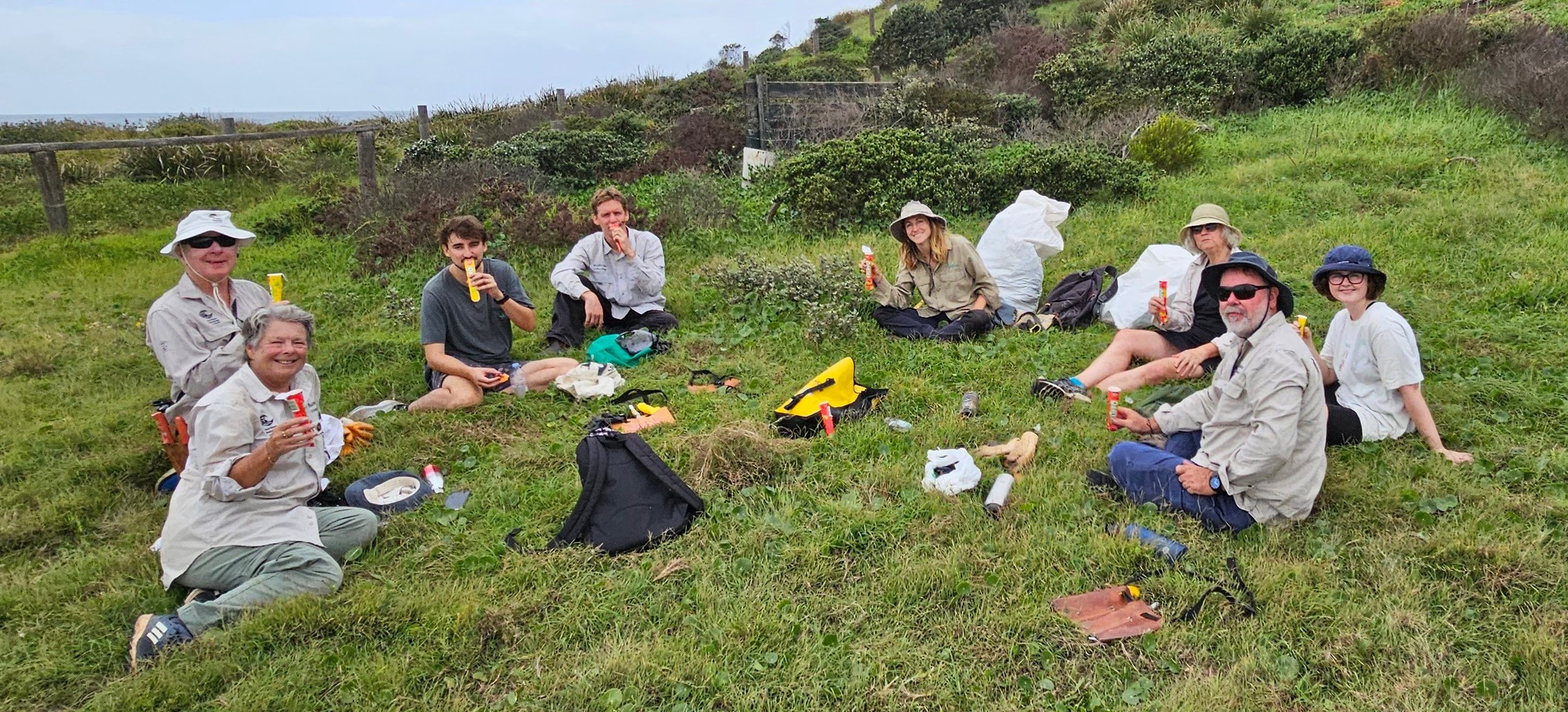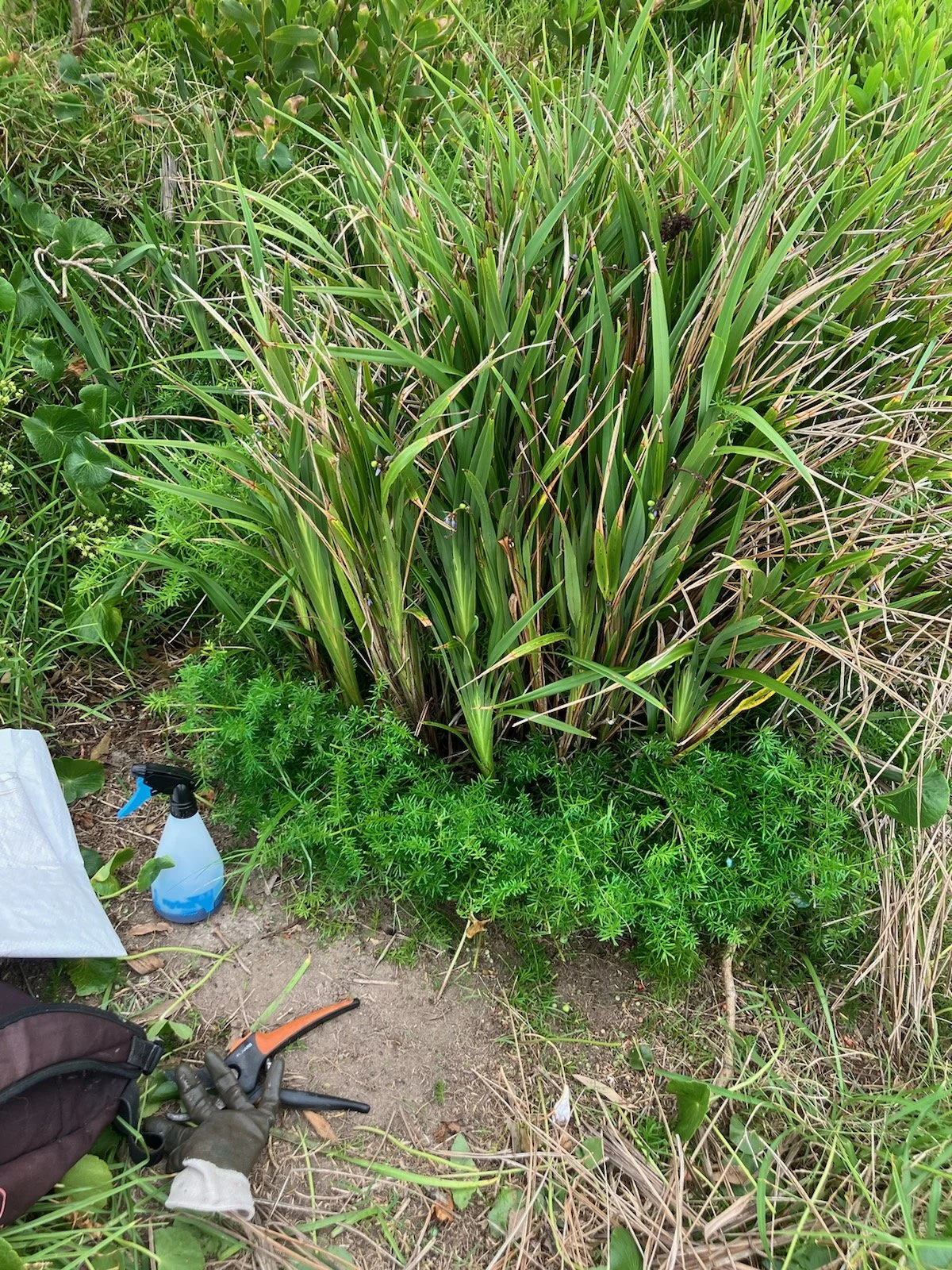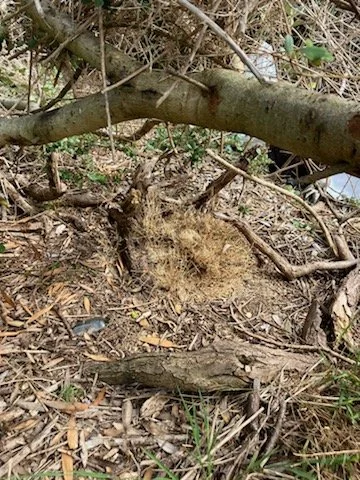
Blog
Book Review: Garden Escapes in Bushland and Reserves
Garden Escapes in Bushland and Reserves is an essential guide for gardeners and bushcare enthusiasts, offering practical tips, vivid photos, and expert advice on managing invasive weeds and protecting native habitats.
A Responsible Gardening Guide for the Greater Sydney Region by Sydney Weeds Network Inc.
Water hyacinth is an attractive but troublesome plant that has spread worldwide, obstructing waterways, reducing fish production, harbouring mosquitoes, and severely disrupting life in some communities along rivers and lakes.
Weeds pose significant economic, environmental, and social challenges across Australia, damaging natural landscapes, farmland, waterways, and coastal areas. Alongside invasive animals like buffalo, pigs, goats, deer, foxes, cats, and rats, weeds are among the most serious threats to Australia’s natural environment and agricultural industries.
What may surprise many gardeners is that over 65% of Australia’s weeds actually originated from urban gardens.
This practical and user-friendly guide starts with general advice on weed management, then dives into specific categories like creepers, shrubs, and trees—each organised into colour-coded chapters. Within each section, individual weed profiles are presented with details on their growth habits, leaves, flowers, fruit, roots, methods of dispersal, and most importantly, the best ways to control them. The book spans 117 pages and is packed with excellent colour photographs to help with identification.
Garden Escapes in Bushland and Reserves is a valuable addition to any gardener’s library, especially for those keen to learn more about local weeds and how to manage them responsibly.
Book Cover
Reefcare Day Report: A day of planting new seedlings
On a warm but overcast morning, twelve keen volunteers gathered at the carpark, with 50 seedlings to set free into the wilds of Long Reef …
Stephanie and Karina prepare the ground to plant some tube stock
On a warm but overcast morning, twelve keen volunteers gathered at the Long Reef carpark. With fifty seedlings, lots of tools, bottles of water and twelve people, it took some organising to work out how to best target the two planting areas we wanted to tackle.
Once out onto the site, Lisa, Stefanie, Karina, Bec and Elias planted seedlings around the Lomandra longifolia on the northern dune, before joining Brad and Gen on the high western slope. Here, they planted the balance of the tube stock around the gully and the western side of cleared Bitou. The sandy soils here required them to build terraces with old bitou branches. The ground preparations are vital to encourage any rainfall to stay in the tube stock area.
Correa alba, taken out of the tube and ready for planting. We have never seen wombats on our site but they would like these. Photo by Stephanie.
Here is hoping we have some rain in the next three to four days; otherwise, Des and Lisa will be struggling down the slopes with 8+ litres of water each, to help our newly planted seedlings get established in the sandy soil.
While Brad and Gen were planting the stock, they also collected some of the lush and lovely Commelina cyanea, to transplant around the more western part of the site. The extra ground cover should help prevent erosion of the sandy soil, until the newly planted natives get established.
Julie’s focus was the top area below the whale sculpture where the asparagus fern is growing through the thick grass, dianella clumps and acacia/ correa scrub. Where the asparagus fern is enmeshed in and ringing the dianella, she removed seed, pruned it back and then sprayed with blue dyed glyphosate.
Julie sprays glyphosate on the asparagus fern that has encircled the daniella plant. We usually do not like to use glyphosate, but in this case, removing the plants manually would cause major damage to the daniella. Photo be Julie.
Dead asparagus fern. Photo by Julie
This type of work in ongoing. Last month Julie re-sprayed two large crowns of asparagus fern which had regrown thickly. This time, both crowns are dead, but will need to be checked again next month. Clearly, they are resilient !!
Julie is aiming to find the best method of asparagus fern eradication which requires low energy by volunteers, but has high impact on the plant.
Bright green asparagus fern. Photo by Julie.
Julie advises that removal of the seeds by running a gloved hand along the stem means less weight to carry off the site. Making a 'ponytail' bunch of the Asparagus Fern stems means spraying is focussed and not wasted.
Canavalia Rosea mature pod with a few seed pods still in situ. It is great to watch the lifecycle of these plants, from pink flowers, to big green seed pods and now ready to set seed again. Photo by Stefanie.
In addition to planting the seedlings, we still needed to keep the weeds at bay, so Julie, Merrilyn and Des worked on asparagus fern and Bitou around the site. This is a constant source of work as there are hundreds of these sprouting up, especially with the asparagus fern seeds being dropped by birds. Once Alex moved to the high slop area, Mary who has to be careful of her ankle worked on asparagus fern.
Morning tea below the old bundles of pigs face, with a view over the ocean. Photo by Lisa.
Alex and Mary worked on turkey rhubarb removal. Alex found more sites of turkey rhubarb to eradicate, which was very upsetting news as we thought we just had a few sites to monitor. From past experience, we know that any infested area needs to be monitored for months to years as dormant seedlings suddenly burst into life. We suspect that the seeds are being blown in from the infested Long Reef dunes, south of our site.
After the planting was finished many of the group worked on ridding the gully of the non-native pigs face. This weed would otherwise smother our earlier plantings. With Brad, Gen, Lisa, Elias, Stefanie, Karina, Alex, Bec and Denise working together, they managed to clear a good-size area. We will need a follow up next month, but I surmise it won’t take long, and we can move onto the eastern slope of the gully, to join it up with the larger cleared area from last year.
Elias shows how to build terraces on the steep sandy slope, before planting Westringia fruticosa tube stock. Photo by Stephanie.
We bundled the non-native pigs face into piles. These flatten down as they dry out, providing good ground cover on the steep sandy slopes. Photo by Lisa.
In the afternoon, as we left the site and passed the area we worked on last year, we were thrilled to see the plantings had thrived. The space looked vibrant and healthy. We may be able to add more plants here, perhaps a task for next month.
Text by Lisa.













